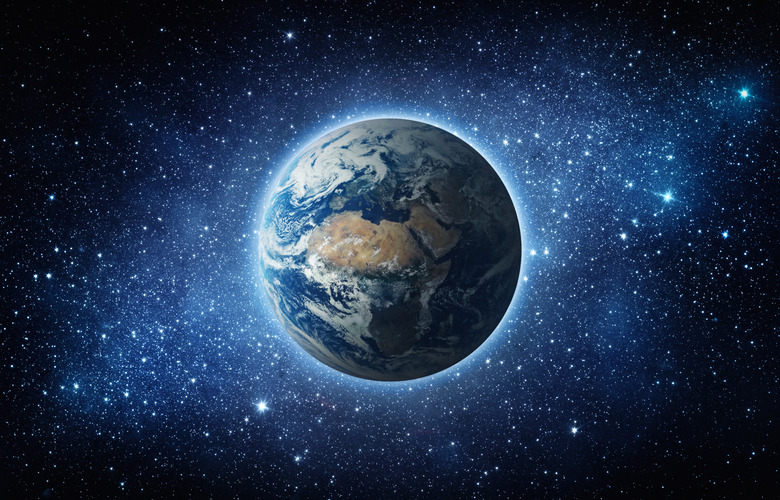Staggering Visualization Shows The World's Population At 8 Billion
The world's population is expected to reach eight billion by November 2022. While that number sounds staggering in and of itself, a new visual created by Visual Capitalist breaks down the nearly eight billion people in the world by country, showcasing just how massive some parts of the world are.
Over the past 50 years, the world's population has nearly doubled from just four billion to eight billion. Yet, despite that number's growth, the world's population isn't broken up evenly anywhere. Of that 8 billion, over 1.45 billion call China home. The second most populous region is India with 1.41 billion people.
From there, the distribution of humans drops drastically. The United States is the third most populous region in the world, but it's only home to around 335 million people of the world's population. Indonesia is next, with 280 million people, followed by Pakistan with a population of 230 million people. Of course, these numbers are only estimates based on the United Nations data.

Visual Capitalist also broke down those top countries even further. The visualizations show how skewed the world's population is, and it's honestly a lot more skewed than you might think. It also breaks down the population differences across continents, like Africa, North America, and South America.
Seeing the vast differences in the numbers that make up the world's population and where those numbers fit into things is a stark reminder of just how big our planet is. And, looking at those numbers, it does make one wonder just how many people Earth could hold if that population continues to rise.
More coverage: Futurists predict what the world will look like in 2112.
